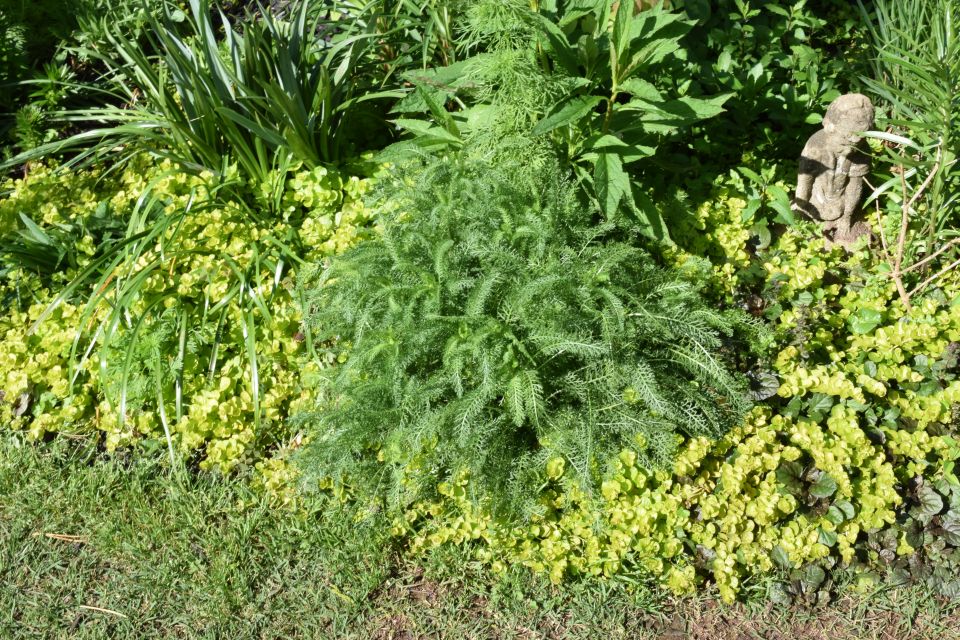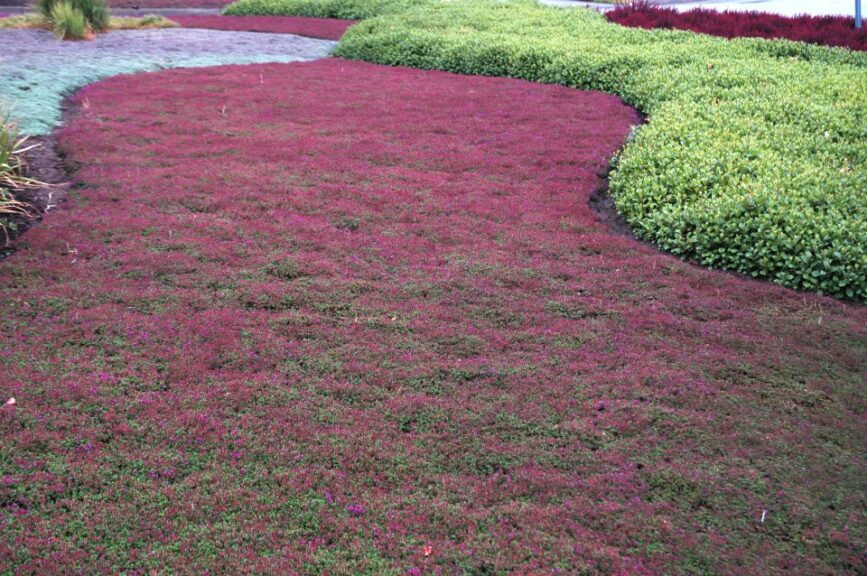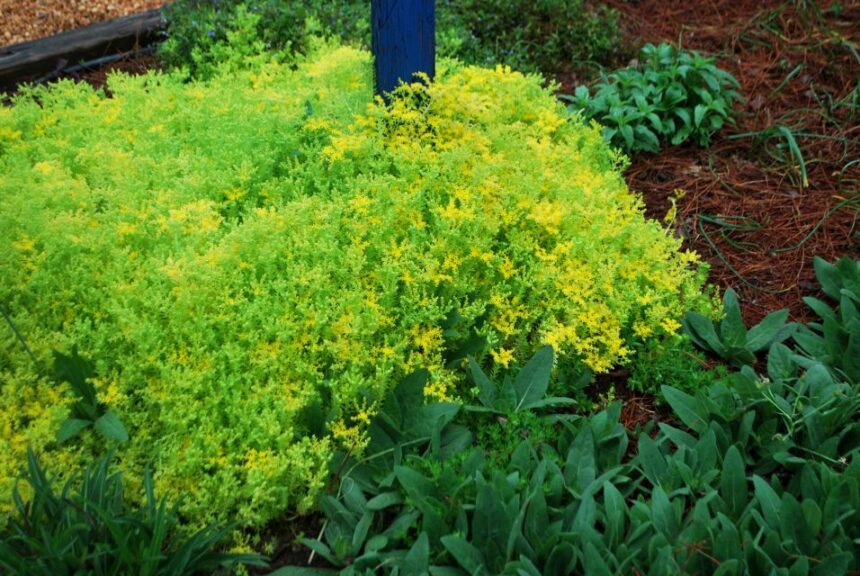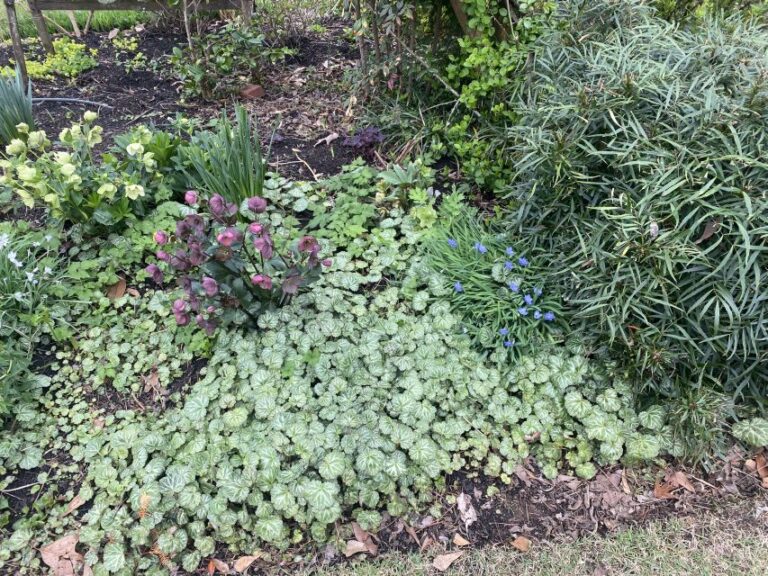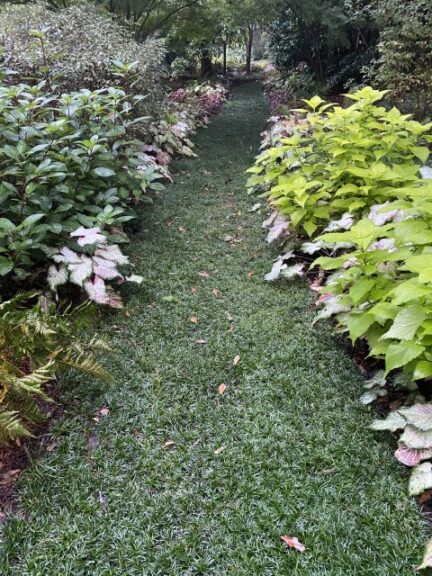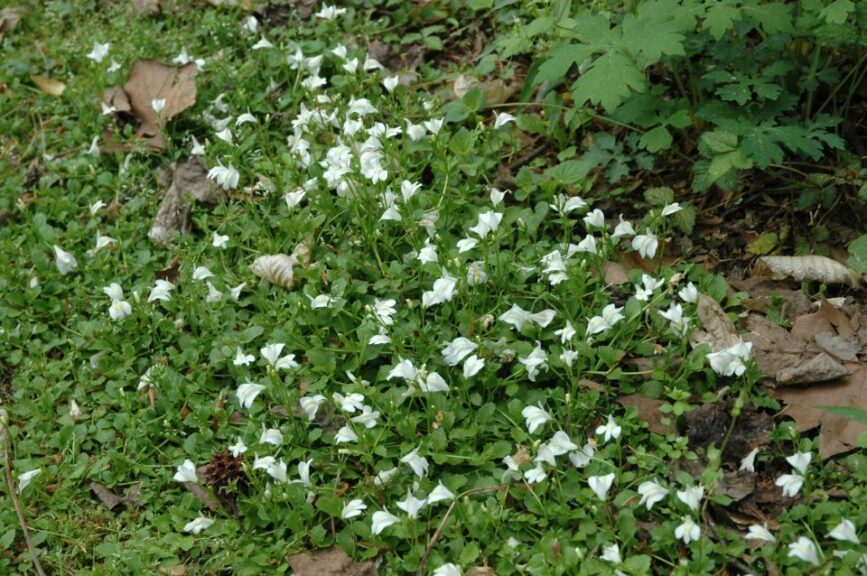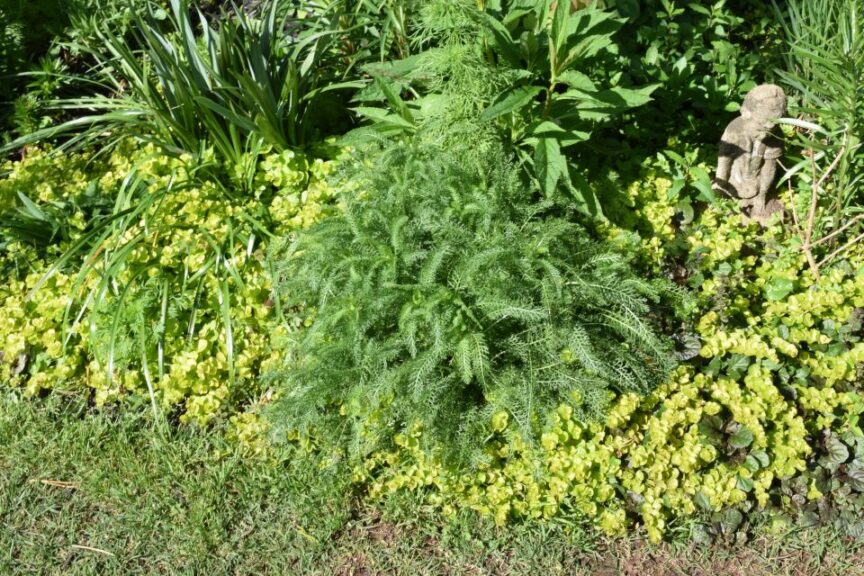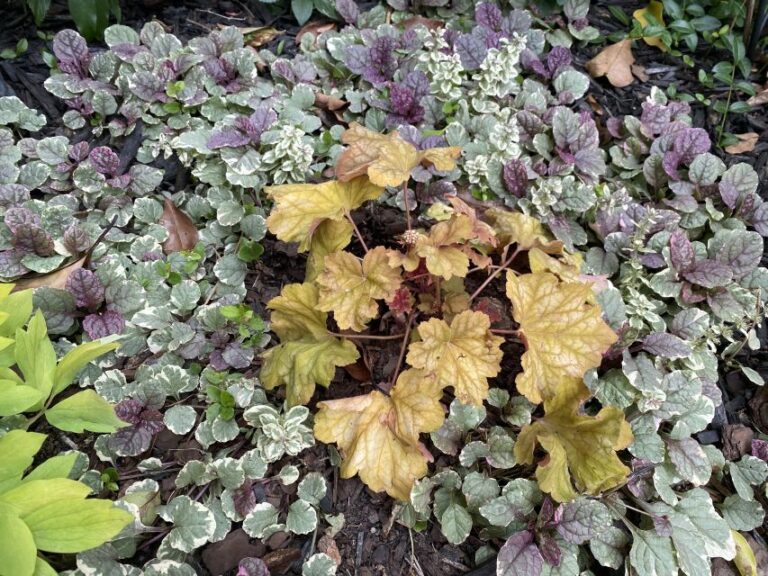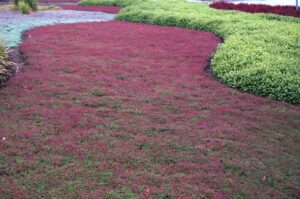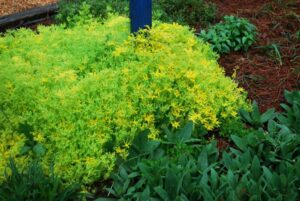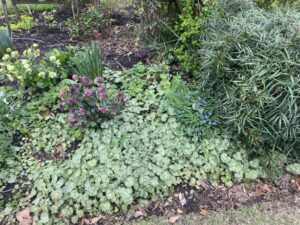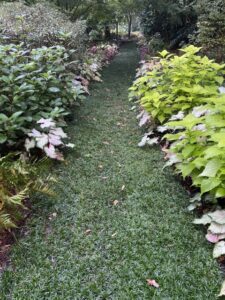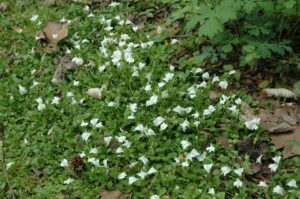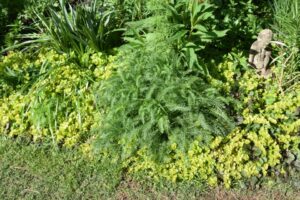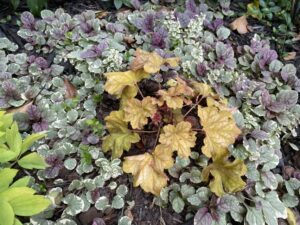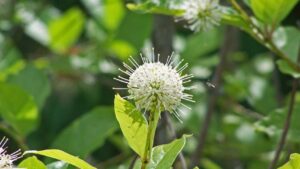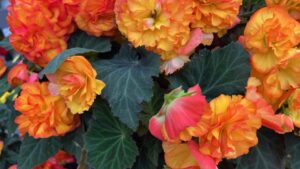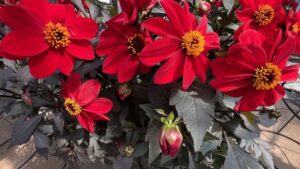Why Groundcovers Are an Essential Yet Overlooked Addition to Any Garden
Ask a landscape designer what plants are most important in their design, and they will likely talk about shrubs and trees being the focal points around which color and interest can be planted. Ask others, and they may mention hardscaping, such as paths and lighting to guide people through the landscape. The use of color to catch the eye is often mentioned, but to designers and architects, color is but a filler. On the other hand, a cut flower grower needs instant beauty and vase life, while an apartment dweller needs plants for décor and companionship. A gardener will always mention pollinators and native plant material. Importance is in the eyes of the user.
Every plant group has its moments, yet an extraordinarily important group of plants in design, landscaping, and function is one that is not mentioned nearly as often, at least to me. It is the rather unsexy group of plants we call groundcovers. If annuals and perennials are looked upon as fillers to designers and architects, groundcovers are so unsexy as to be thought of as fillers for the fillers.
Yet, how important they are. For the garden and landscape trades, they don’t just fill. They are the floor of the garden. As in a house where tiles, wood, or carpet may be chosen in a dozen different styles, groundcovers fill the same purpose. They are not only functional for hillsides, between stones on a walkway or erosion control, they are an important part of the garden. Groundcovers are one of the few plants we sell in volume; commercial installers use them by the thousands, residential landscapers by the hundreds, and garden centers sell them by the flat.
Some growers and sellers have long recognized their importance, as seen by creative marketing programs like Treadwell, Jeepers Creepers, Stepables, and Feathered Friends to name a few.
Groundcovers, like pollinators and natives, are hard to get your arms around. There are literally dozens of choices, some with handsome flowers, some for foliage only. Some may be bold, others disappear into the landscape. They may be shade tolerant (Ajuga), sun loving (thyme), native (Carex), climbers, or runners. The only characteristics they share are that they are usually aggressive (not invasive), low growing, and if sited properly, require little maintenance.
Lots to Choose From
If I don’t see another English ivy, periwinkle, or Japanese spurge, it will not be too soon. And if someone tries to talk me into the most obnoxious of all plants, the Chameleon plant (Houttuynia) as a groundcover, I shall take shelter.
However, so many wonderful choices abound, and at least to my meager mind, we have not been talking about them enough, so allow me to give my take on a half dozen or so.
- Ajuga is bold, handsome, and has lots of new material to get excited about. From the ever-popular choices like ‘Burgundy Glow’, ‘Black Scallop’, and ‘Catlin’s Giant’, we can also choose from Garden Solutions’ Chris Hansen’s introductions of Feathered Friends (now I finally know what a Fancy Finch is).
- Strawberry begonia (aka strawberry geranium or creeping saxifrage) continues to be an impressive, if not overlooked, groundcover. Saxifraga stolonifera covers the ground using stolons (strawberry) but is available in a number of variegated forms. It is hard to beat the species for performance, but ‘Maroon Beauty’ and ‘Stephanie’ add a little diversity as well. Planting hellebores among the saxifrage does wonders for them both.
- Sedums have exploded, but the golden groundcover forms like ‘Angelina’ and ‘Lemon Ball’ are absolute no-brainers. Easy to propagate, easy to find, easy to grow, and successful in almost all areas of the country; what’s not to like? There are truly dozens of low-growing Sedums, but if you are looking for eye catchers, go with these.
- Creeping Jenny, also known as Lysimachia nummularia ‘Aurea’, is another groundcover that catches the eye at every stop. In the garden center, it shines, but in the landscape, it brings the eye first to the plants, then to the plants growing within. Planting some lovely annual Vinca ‘Soiree’ in the midst of a patch of creeping jenny shows both off perfectly. Other Lysimaschias such as L. congestiflora types (‘Waikiki Sunset’) have appeared recently and are equally handsome, if not as cold hardy.
- Lilyturf/Mondo Grass (Liriope, Ophiopogon) are about as tough and functional as groundcover plants can be. They are in fact so successful that people are tired of them. We should all be so successful. However, they work where areas need to be filled — on banks, on areas where nothing else will grow, and on paths. Numerous cultivars are available, with different flower colors (Liriope) and foliage hues. This is how you spell tough.
- Mazus is a relative newcomer to the groundcover scene but has taken off because of the excellent tolerance to shade and sun and the lovely blue or white flowers. This is a perfect filler in the flower bed, like creeping jenny and strawberry begonia.
- Thyme is only one of many herbs that has found its way to the groundcover catalog. Woolly thyme, lemon thyme, English thyme, and scarlet thyme (Coccineus) and their cultivars are a few choices. Environments for success are a little more rigid with thyme than others, but if conditions are right, this will take off like an electric car. Given that thyme is so well known, once you add the never-to-be-underestimated values of fragrance and herbal lore, these are winners every time.




